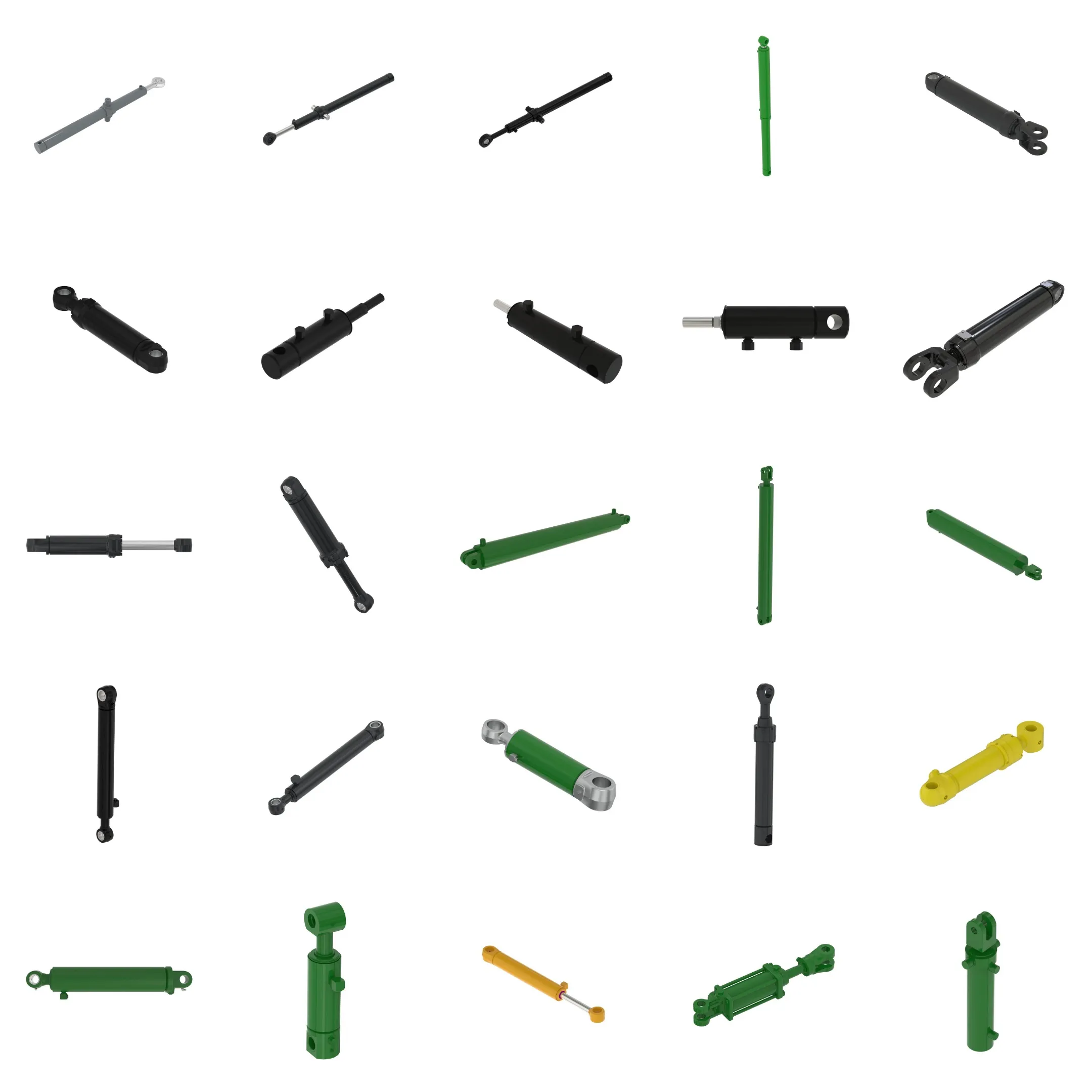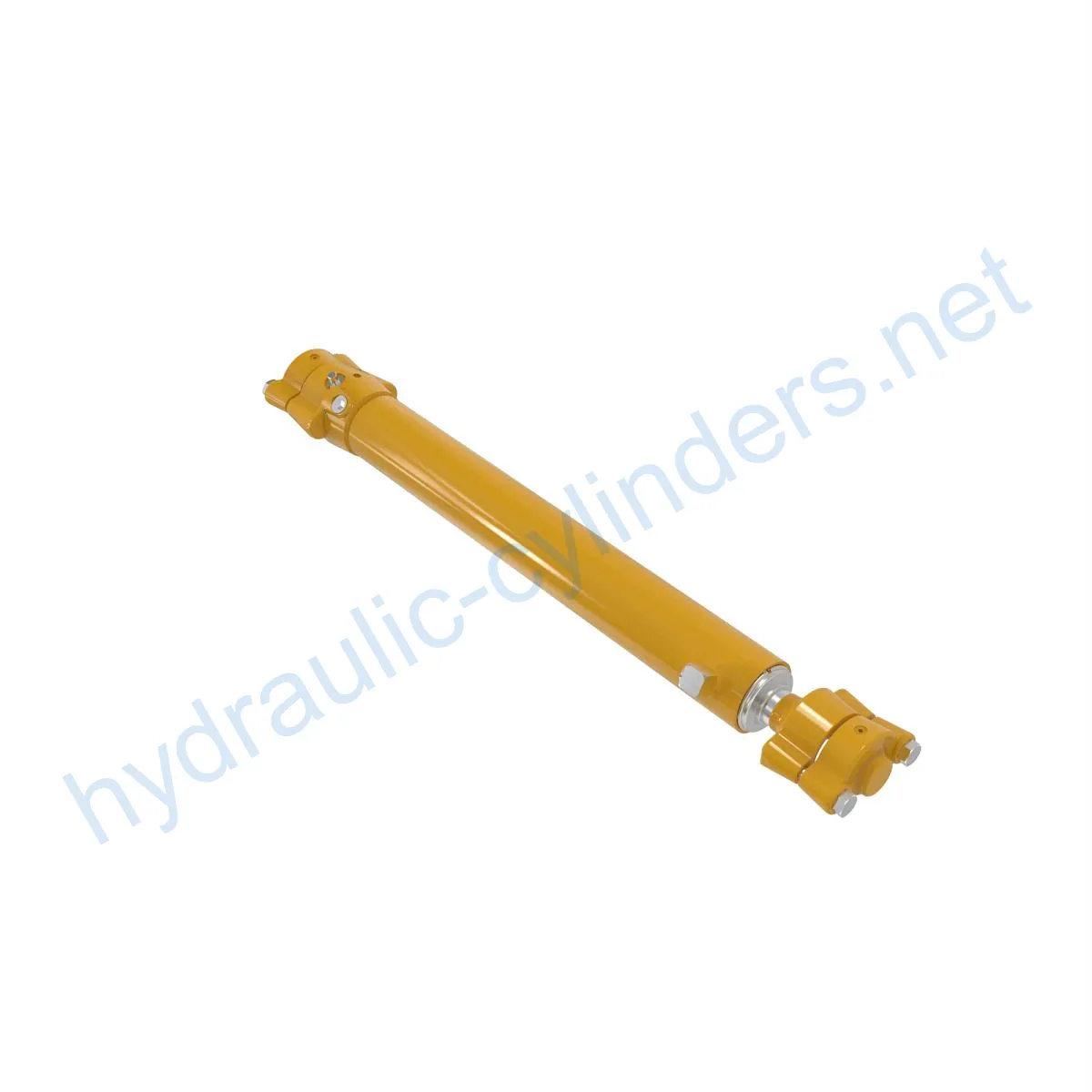Replacement Of AHC20230 Hydraulic Cylinder
Като един от производителите, доставчиците и износителите на хидравлични цилиндри, ние предлагаме хидравлични цилиндри и много други продукти.
Моля, свържете се с нас за подробности.
Поща:sales@hydraulic-cylinders.net
Производител, доставчик и износител на хидравлични цилиндри.
Replacement Of AHC20230 Hydraulic Cylinder
The Replacement Of AHC20230 Hydraulic Cylinder is a crucial component used in various heavy-duty machinery, including models 620G, 622G, 670G, 672G, 770G, 772G, 870G, and 872G. This hydraulic cylinder is responsible for providing the necessary force and power to operate different functions of the equipment.
Specifications
- Weight: 103 lb
- Height: 6 in
- Width: 7.5 in
- Length: 47 in
Models
- 620G
- 622G
- 670G
- 672G
- 770G
- 772G
- 870G
- 872G
Features
- Improved Equipment Performance: Replacing a damaged or worn hydraulic cylinder can restore the equipment’s normal operational capabilities, ensuring its performance in various applications.
- Enhanced Safety: Regularly replacing hydraulic cylinders reduces safety hazards caused by cylinder malfunctions, ensuring the safety of operators and equipment.
- Overload Protection: New cylinder designs often incorporate better overload protection mechanisms, improving safety.
- Quick Installation: Modern hydraulic cylinders are designed for easy installation and replacement, minimizing downtime.
- Standardized Components: Many hydraulic cylinders are standardized products, making it easier to obtain replacement parts in the market.
We specialize in producing hydraulic cylinders that perfectly replace the AHC20230 model. Our products are designed with precision and adhere to the highest quality standards, ensuring optimal performance and compatibility.
Applications
- Excavators: Hydraulic cylinders in excavator arms or buckets may become damaged due to extended use or overload, requiring replacement to restore normal operations.
- Cranes: Hydraulic cylinders in crane boom arms are prone to wear and tear during frequent lifting and lowering processes, necessitating regular replacement for safety reasons.
- Tractors: The hydraulic cylinders in front-end loader attachments for tractors may experience leaks or performance degradation during continuous lifting and tilting operations, requiring replacement.
- Harvesters: Hydraulic cylinders in harvesting equipment endure high pressure during the harvesting process, and fatigue can lead to cylinder damage, requiring timely replacement to maintain efficiency.
- Automated Production Lines: Hydraulic cylinders are used to control robotic arms and other automated equipment. Failure of cylinders can significantly impact production efficiency, necessitating immediate replacement.
- Die Casting Machines: Hydraulic cylinders in die casting machines may experience performance degradation in high-pressure and high-temperature environments. Regular replacement ensures product quality.
- Mining Equipment: Hydraulic cylinders are used for lifting and moving heavy loads in mining equipment. Due to harsh working conditions, regular inspection and replacement are necessary to prevent equipment failures.
- Bulldozers: The wear of hydraulic cylinders in bulldozer blades can result in reduced pushing capability, requiring timely replacement to maintain operational efficiency.

Maintenance Tasks
- Regular inspections: Periodic checks should be conducted to identify any signs of wear or damage in the hydraulic cylinder.
- Proper lubrication: Adequate lubrication is crucial to ensure smooth operation and prevent premature wear of the cylinder components.
- Seal replacement: Faulty seals should be promptly replaced to maintain the cylinder’s integrity and prevent leaks.
- Calibration checks: Regular calibration checks are necessary to ensure the hydraulic cylinder operates within the specified parameters.
It is essential to provide proper guidance for correct installation, alignment, lubrication, and adjustment during the installation process. The use of appropriate installation brackets to secure the cylinder is recommended. We offer recommended inspection, repair, and replacement procedures, as well as replacement parts and rebuilding services to extend the lifespan of your hydraulic cylinder.
Safety Considerations and Environmental Factors
When using hydraulic cylinders, following safety measures is of utmost importance. Proper handling, regular maintenance, and adherence to safety guidelines are crucial to prevent accidents and ensure the safety of personnel and equipment. Additionally, considering environmental factors can help minimize the impact of hydraulic cylinder usage on the surroundings.
Troubleshooting and Common Problems
1. Leakage: If the hydraulic cylinder is experiencing leakage, it may be due to damaged seals or worn-out components. Inspect and replace seals as necessary.
2. Slow operation: Slow operation can indicate insufficient lubrication or internal damage. Check the lubrication levels and inspect the cylinder for any signs of damage or wear.
3. Noise or vibrations: Unusual noises or vibrations can indicate misalignment, loose components, or internal damage. Check for proper alignment and tighten any loose connections. If the problem persists, further inspection may be required.
For troubleshooting hydraulic cylinder issues, it is recommended to consult the manufacturer’s guidelines or seek professional assistance. Promptly addressing problems and implementing preventive measures can minimize potential issues and ensure optimal performance.

Design Considerations and Selection Criteria
When selecting a hydraulic cylinder, several design considerations should be taken into account:
- Load-bearing capacity: The hydraulic cylinder should be capable of handling the intended load without compromising safety or performance.
- Sealing capability: The cylinder’s seals should effectively prevent leaks and maintain the integrity of the hydraulic system.
- Durability: The cylinder should be constructed with durable materials and undergo proper surface treatments to withstand demanding operating conditions.
- Safety: Safety features such as overload protection mechanisms should be integrated into the cylinder’s design to ensure the well-being of operators and equipment.
- Maintainability: Consideration should be given to ease of maintenance, including accessibility for inspection, lubrication, and seal replacement.
Proper sealing and lubrication are vital for hydraulic cylinders. Various seals, such as piston seals and rod seals, made from wear-resistant materials like polyurethane or nitrile rubber, should be utilized. The cylinder body and threaded ends should undergo meticulous treatment to enhance wear resistance. Regular lubrication with appropriate hydraulic oil is necessary
Take a Tour of Our VR Factory:
Take a tour of our VR factory with the following
Hydraulic Cylinder Application:


